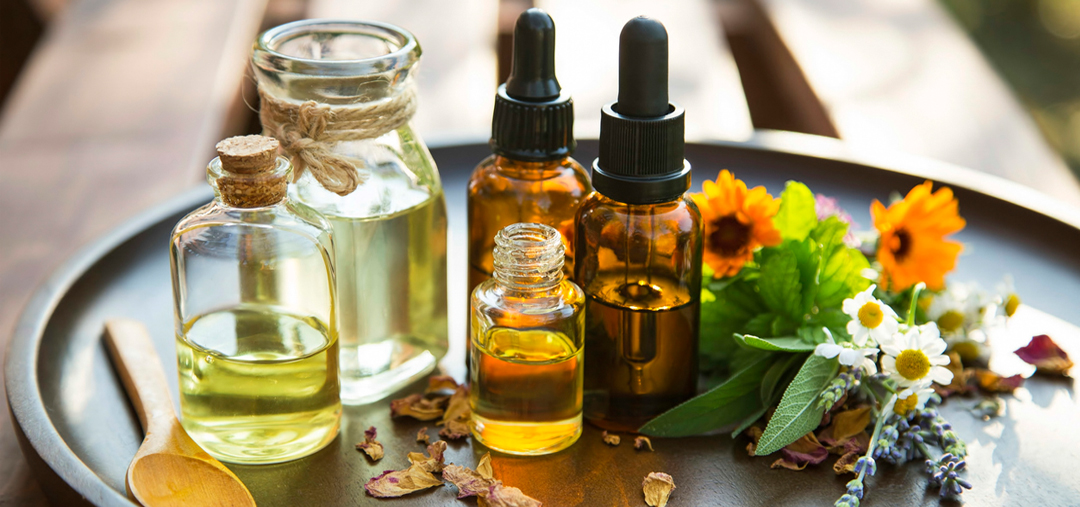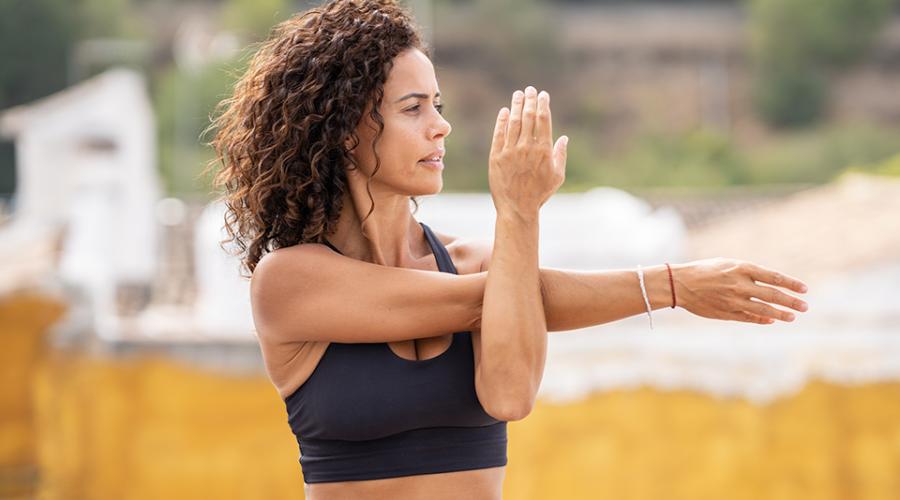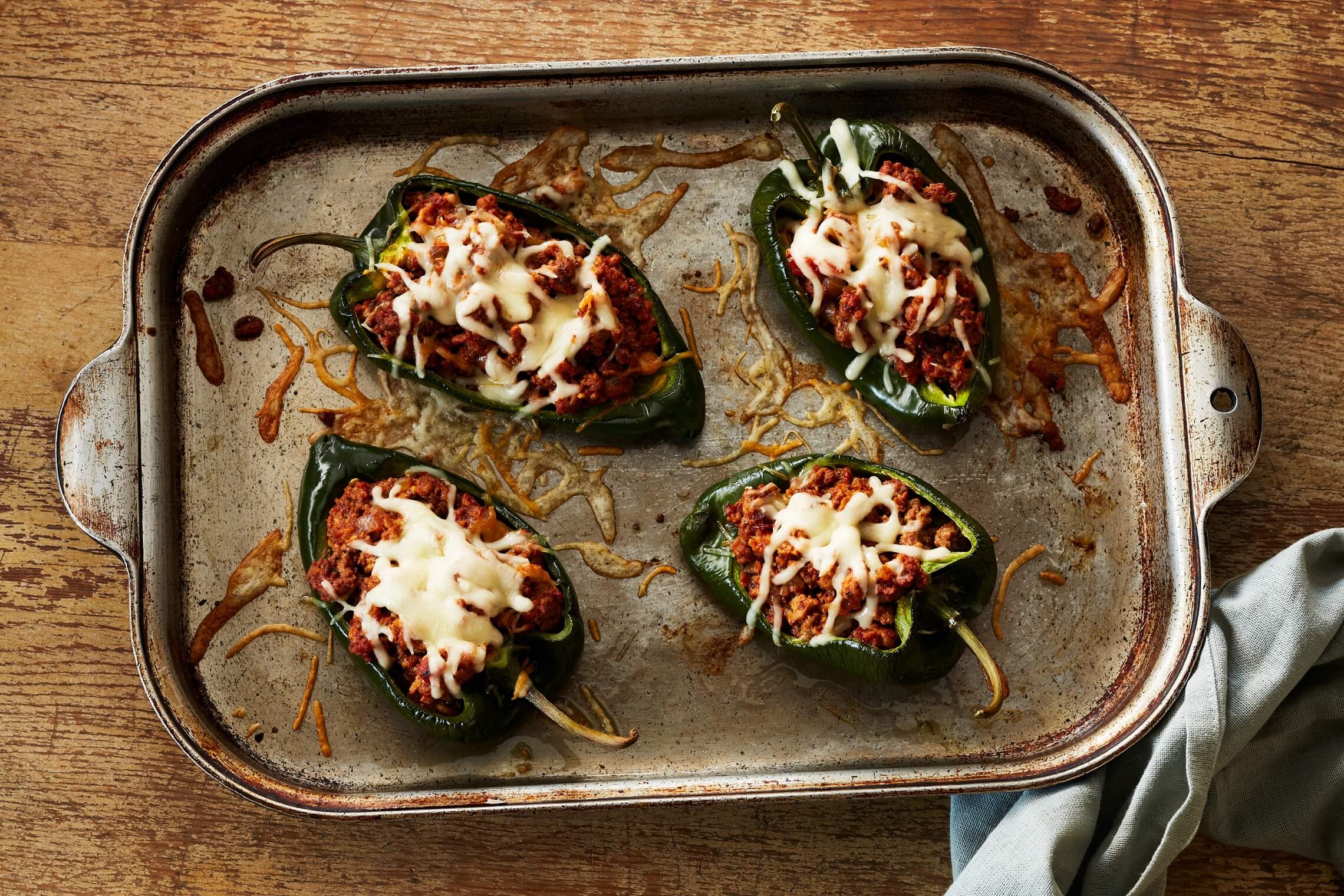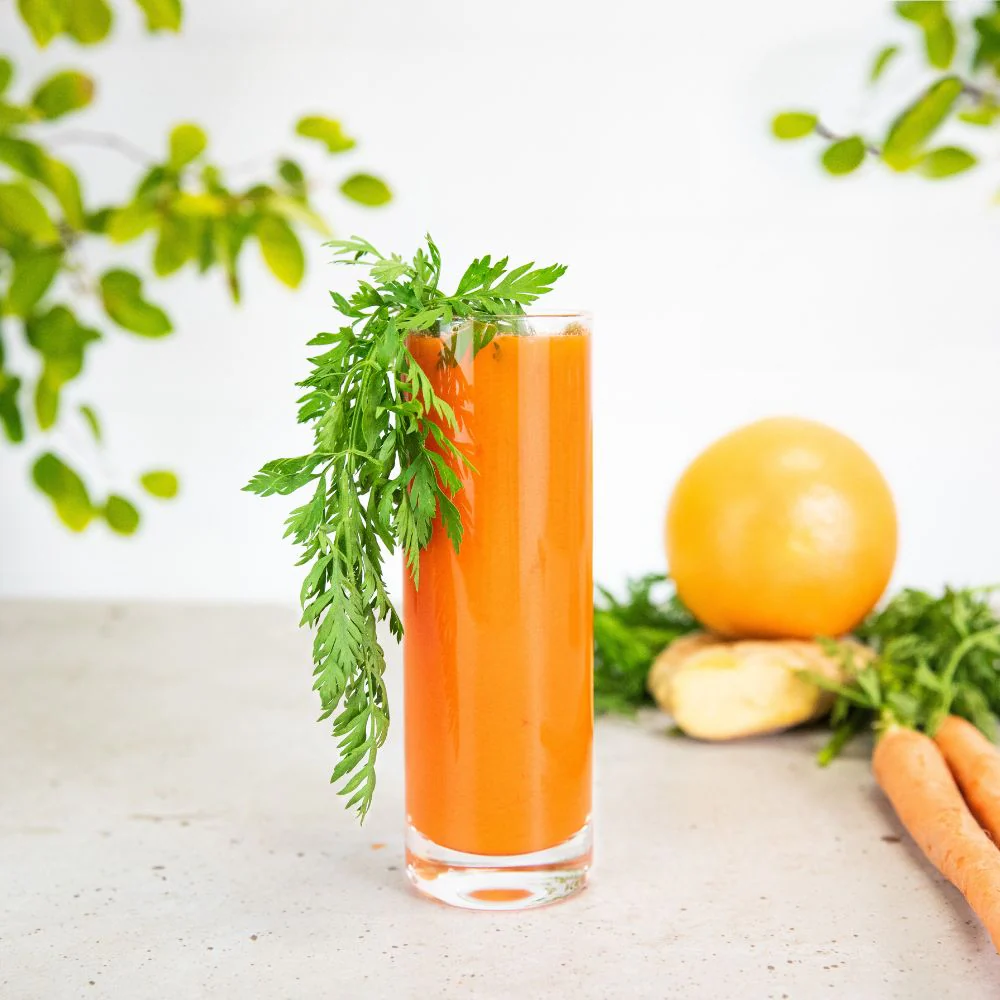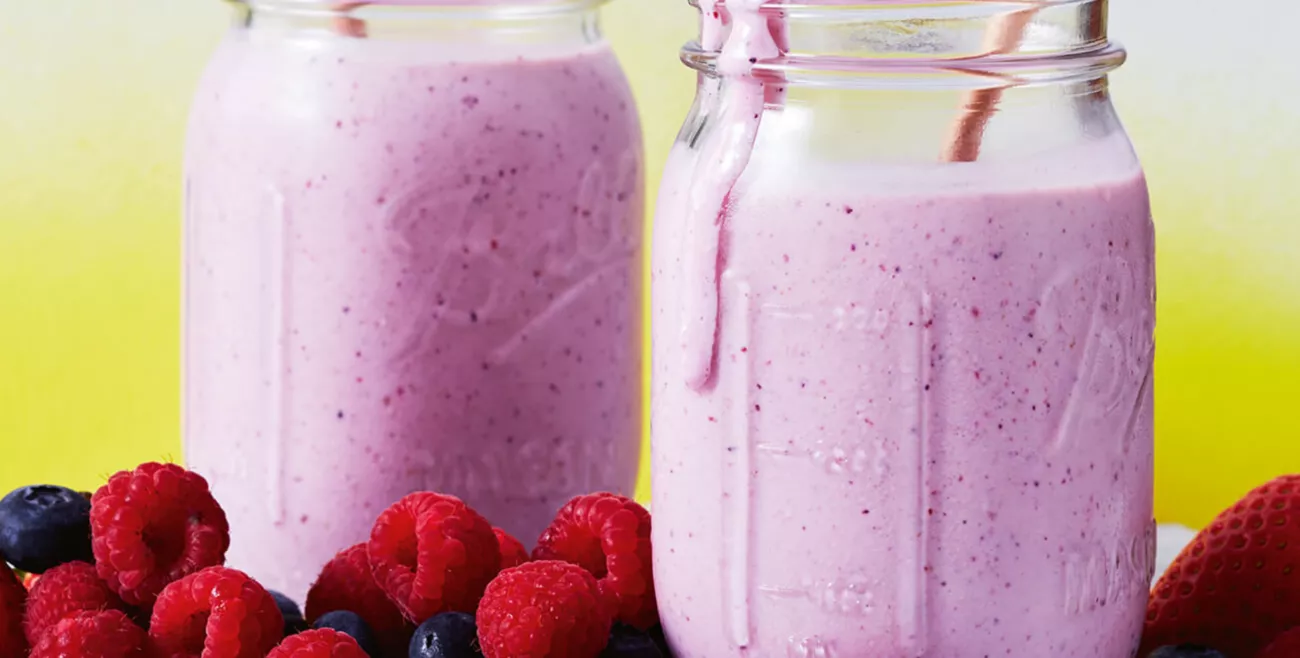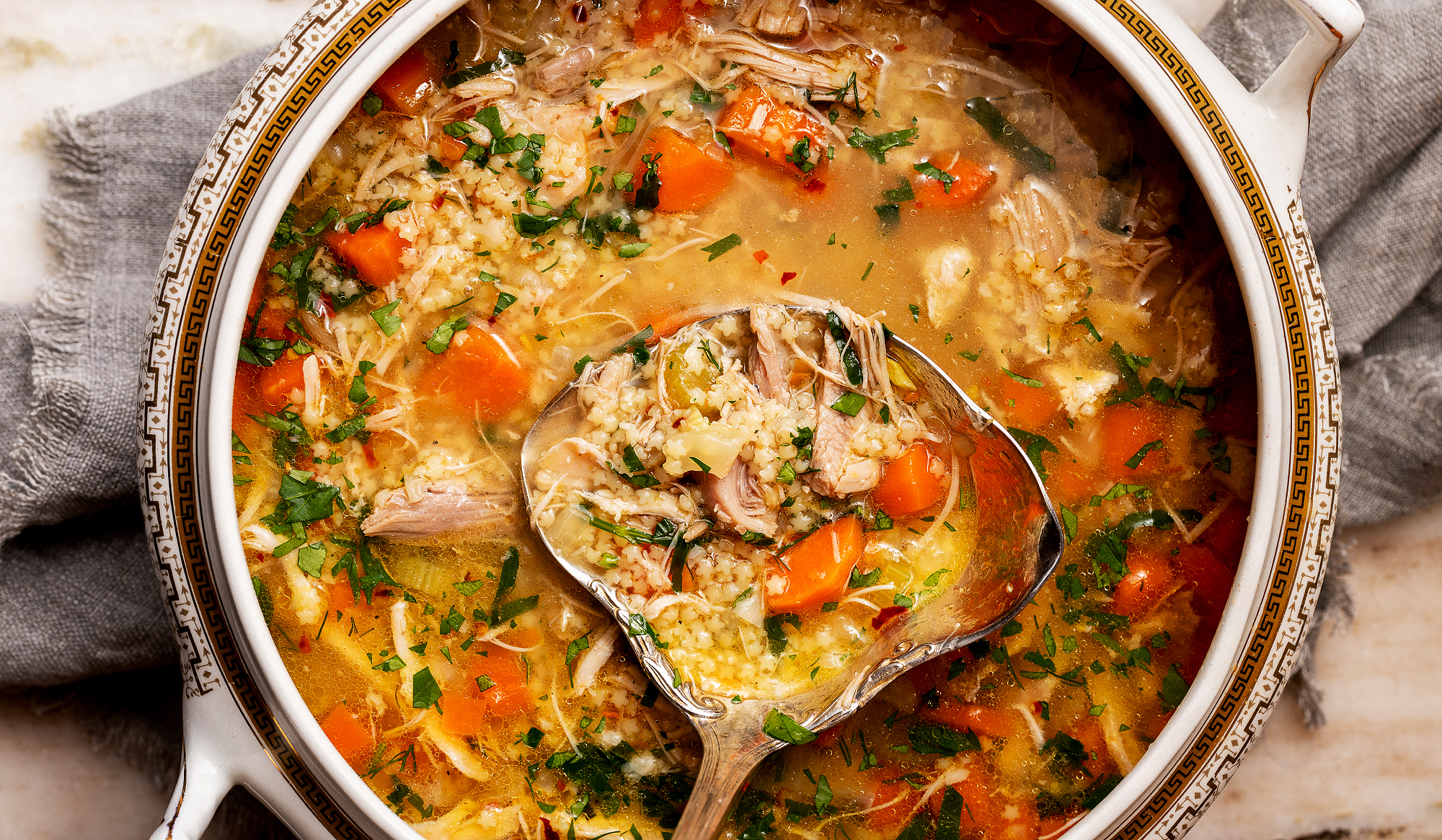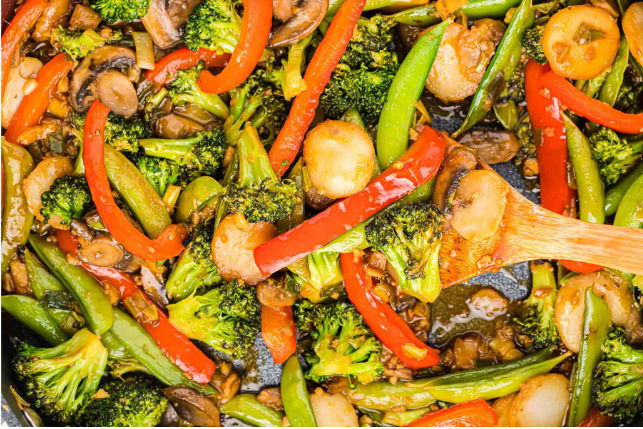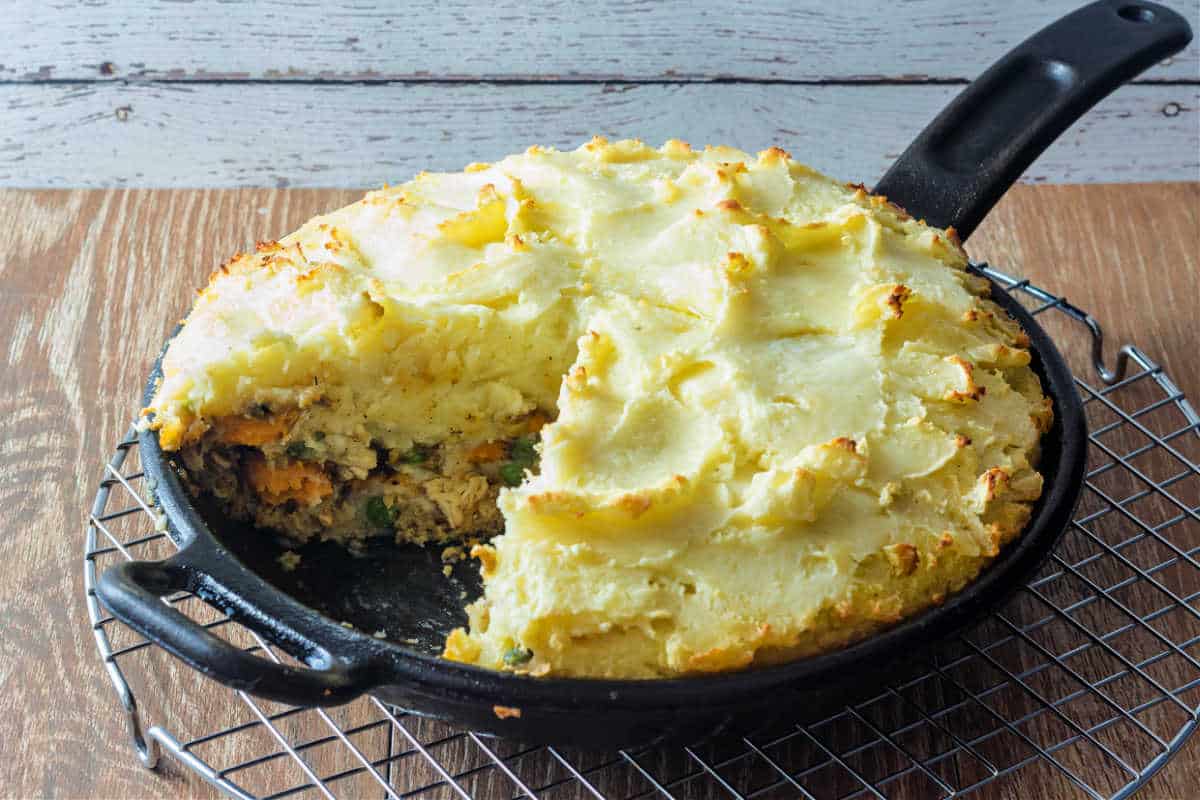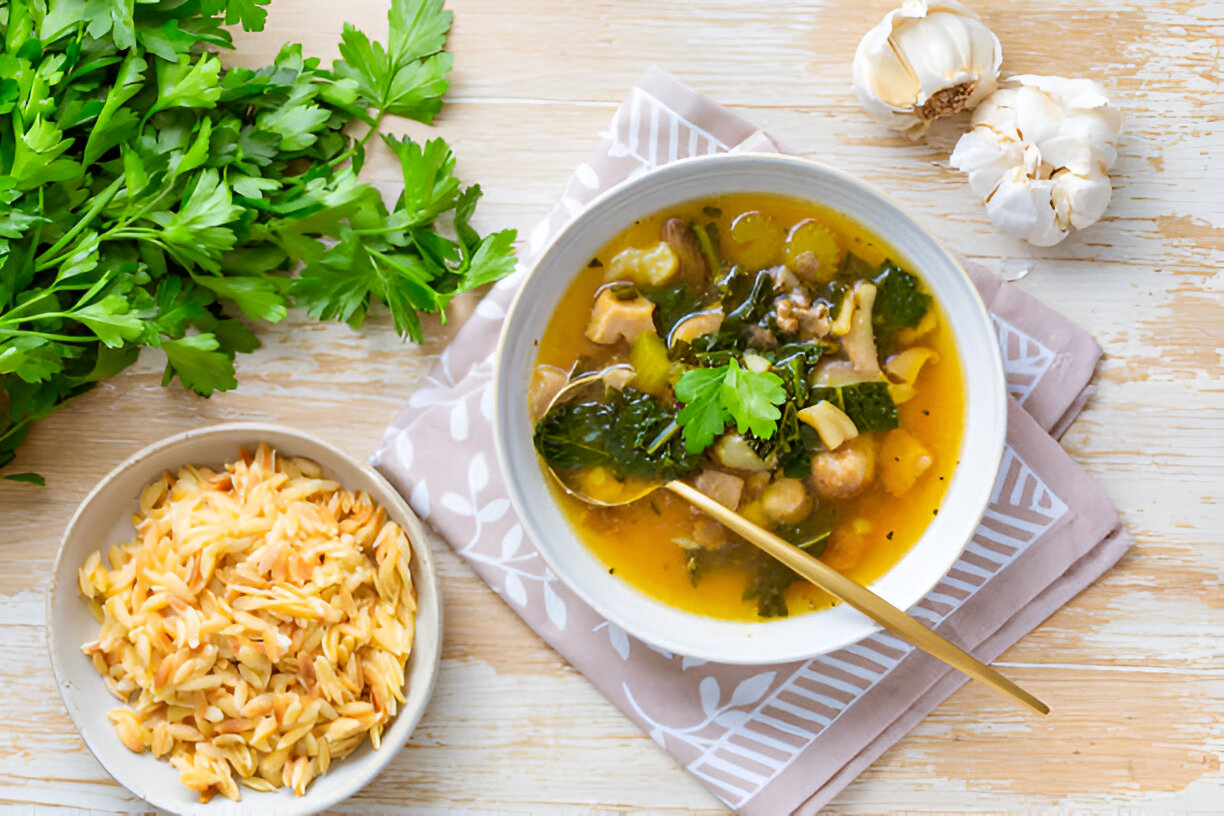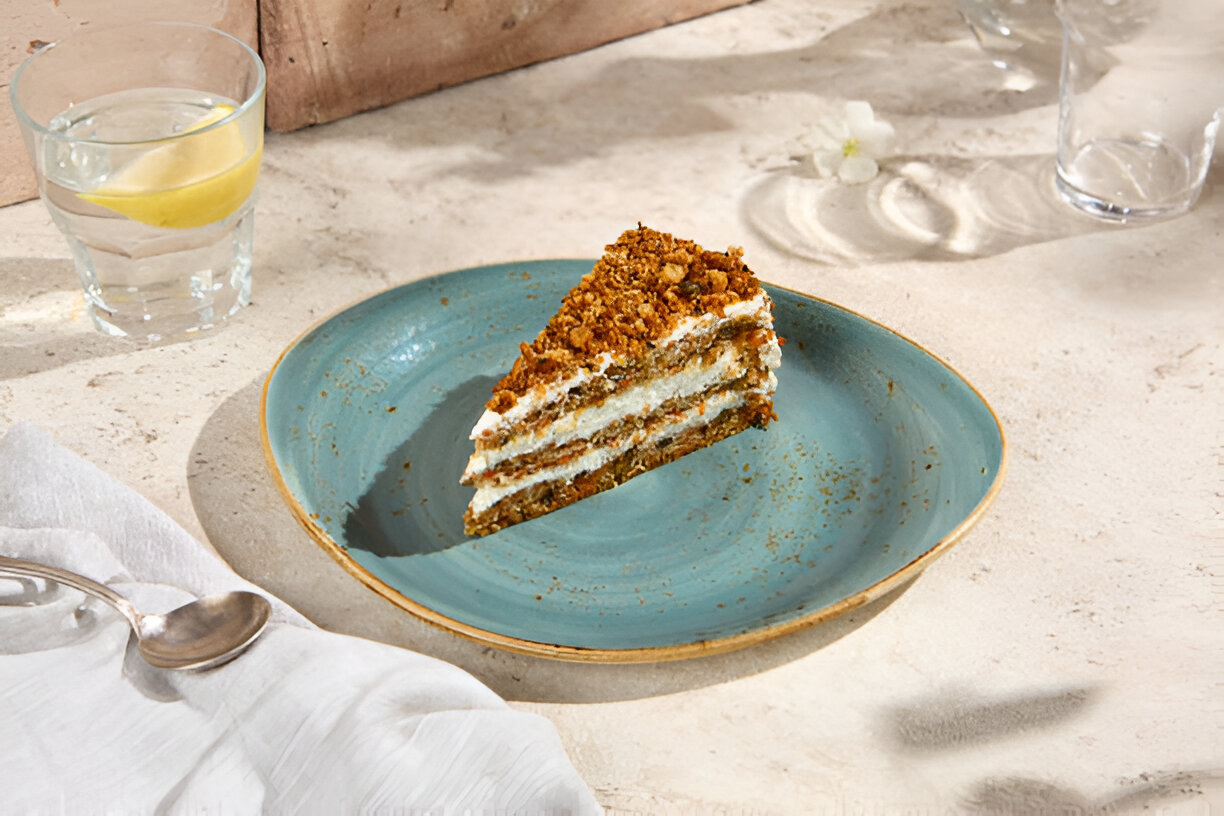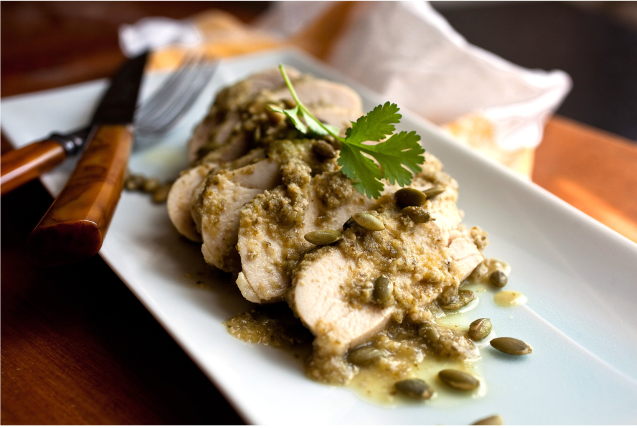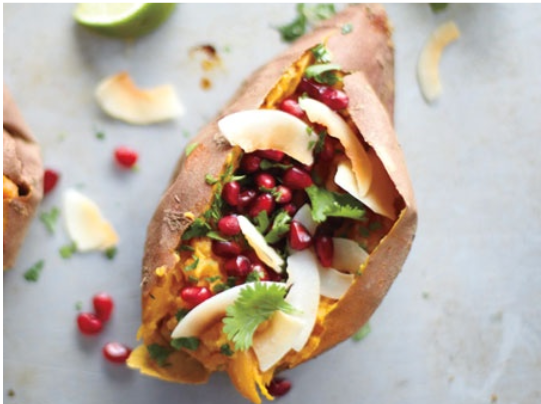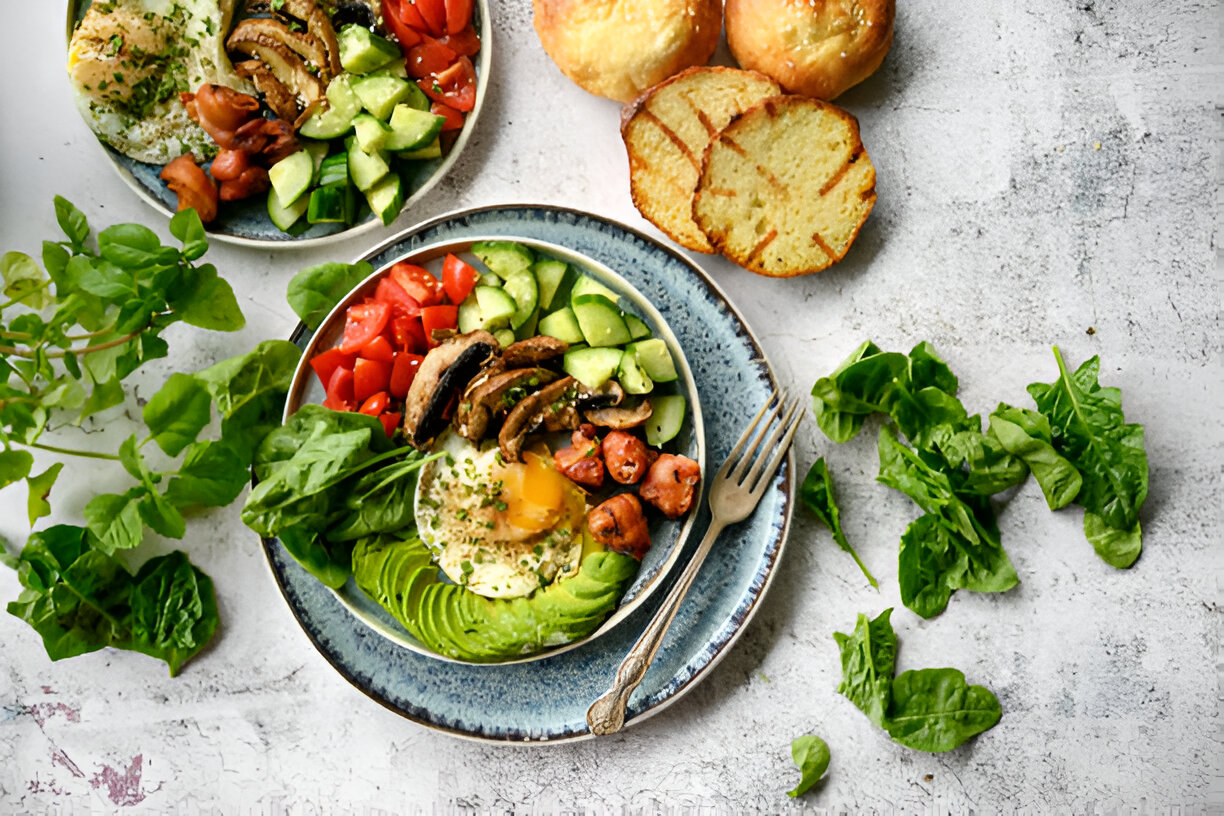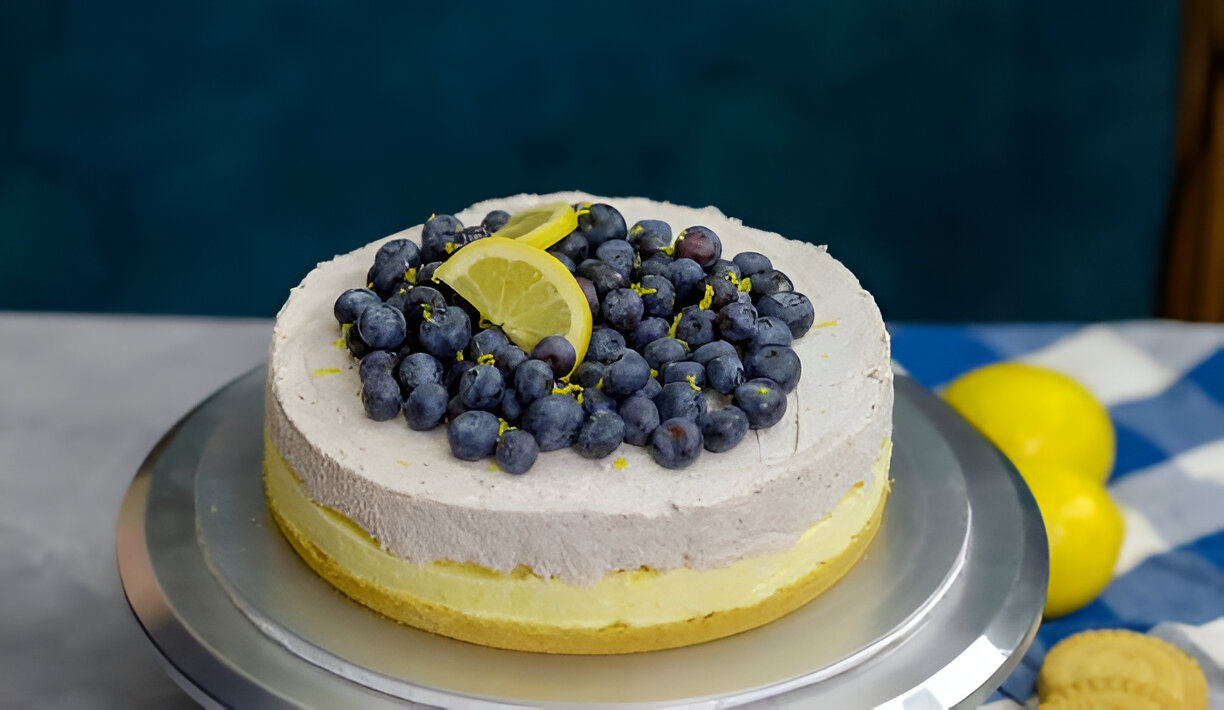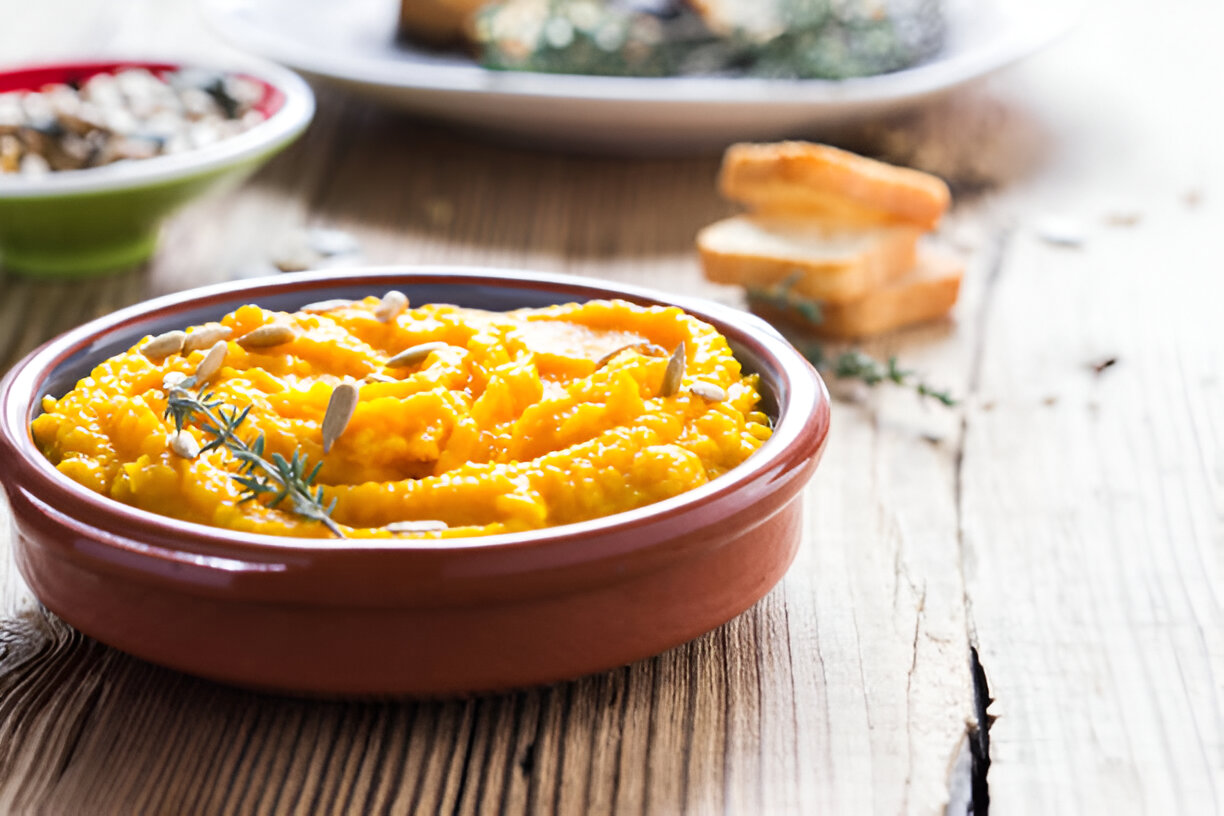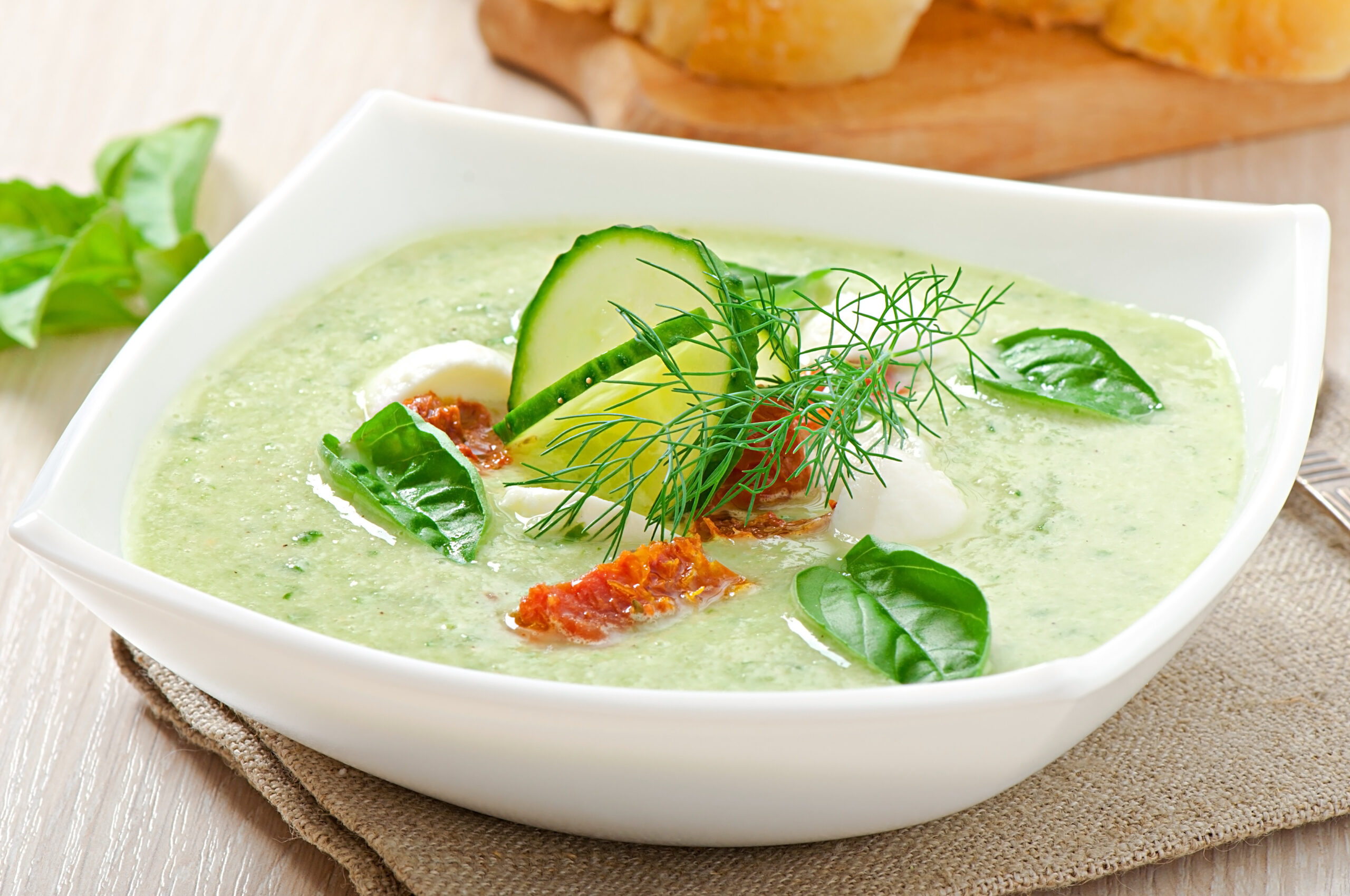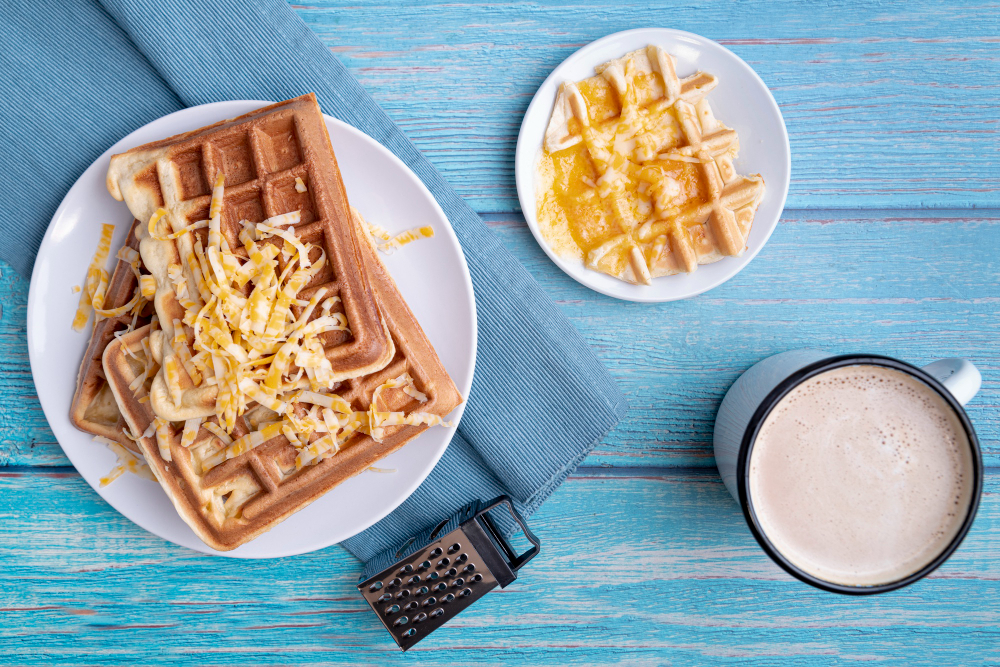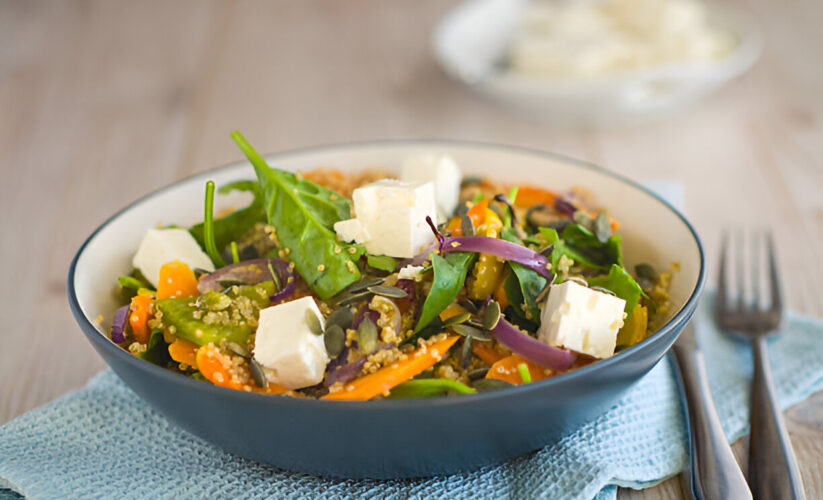
Quinoa (pronounced keen-wah) isn’t a true grain but a plant related to chard and spinach. Despite the leaves being edible, the sweet, nutty seeds garner all the attention. It’s easy to see why: So versatile, they’re used in breakfasts, desserts, and everything in between.
Recipes
Greek-Style Quinoa Burgers
Quinoa Pudding
Quinoa comes in a rainbow of colors, including red, brown, pink, orange, and black. Beyond the traditional white, red is the only one to gain popularity here in the West. Compared with regular quinoa, the red variety is nuttier and contains more fiber in each serving.
How to Buy Quinoa
You’ll find quinoa at most supermarkets and health-food stores in its whole form or as a flour. As long as you store the “grains” in an airtight container in a cool, dry cabinet, quinoa should last up to a year or two.
Cooking Tips
In its unprocessed state, quinoa is coated with saponin, a bitter substance. Most quinoa has been “desaponized.” However, it’s still a good idea to rinse it under running water in a fine-mesh strainer before cooking to remove any remaining residue.
Health Benefits
Quinoa seeds contain twice the protein of rice, though it’s the quality of the protein that stands out. With all nine essential amino acids, including lysine, quinoa is considered a complete protein.
If you suffer from migraines, make quinoa a regular part of your diet; it’s rich in both vitamin B2 (riboflavin) and magnesium, two nutrients that may help decrease the frequency of these headaches. Magnesium may also help prevent hypertension and osteoporosis while riboflavin may ward off cataracts. Quinoa also contains vitamins B6 and E as well as high levels of iron and zinc, minerals necessary for a healthy immune system.
Quinoa is also a good source of dietary fiber, packing 5.2 grams per 1 cup serving. Studies show that the fiber from whole grains and seeds protects against breast cancer and reduces the risk of cardiovascular disease. Since it’s technically not a grain, quinoa has no gluten, making it typically tolerable for those with celiac disease or grain allergies.
Nutrition Breakdown
Per 1 cup, cooked
Calories: 222 kcal
Fat: 3.6 g
Fiber: 5.2 g = 21 percent * of DRI**
Vitamin B6: 0.23 mg = 18 percent of DRI
Riboflavin: 0.2 mg = 18 percent of DRI
Magnesium: 118 mg = 37 percent of DRI
Zinc: 2 mg = 25 percent of DRI
Iron: 2.8 mg = 16 percent of DRI
* Percentages are for women 31 to 50 who are not pregnant
** DRI, Dietary Reference Intakes, is based on National Academy of Sciences’ Dietary Reference Intakes, 1997-200






